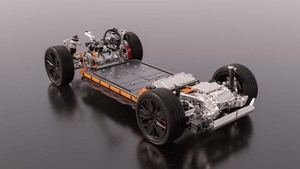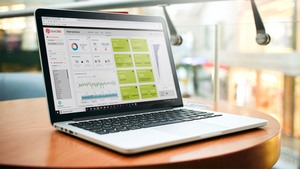2021 is becoming the tipping point for fleet electrification. Multiple reasons ranging from BiK incentives to increased model choice and the countdown to the 2030 ban on the sale of new ICE vehicles is helping fleets to make the switch now.
Things to consider for your fleet electrification project.
Electrification of the company car sector is coming fast and this is about getting onboard early before the targeted deadline and unlocking savings by early adoption.
- New electric vehicles are being launched monthly to the market. Choice is improving in the car market and to a lesser extent in the van market. The public charging infrastructure has been growing exponentially across Europe which has always been a barrier to adoption.
Plug-in hybrids can still have a place on a fleet policy for at least one change cycle. If a plug-in hybrid works better then they could have a role. Specific mobility profiles should fit the PHEV’s unless you want your TCO to explode (e.g. most of the trips below the electric range of the PHEV, mostly below 50km).
- Fleets should aim to get into a battery electric vehicles in the first place and only resort to a plug-in hybrid if you can’t make a battery electric vehicle work for your drivers. Driver profiling is essential to establish the best powertrain.
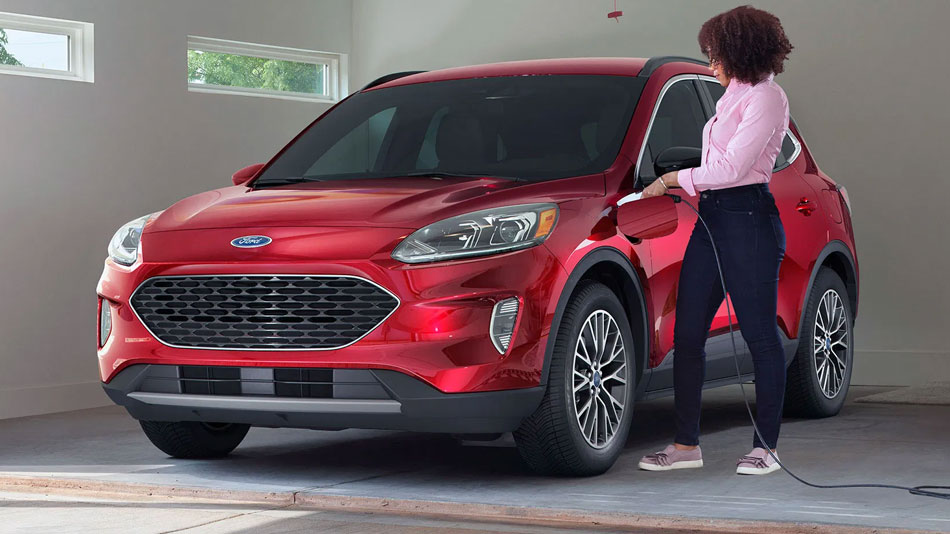
Plan a phase one of switching those that can first. A targeted approach can apply for the rest of your drivers. The sooner you get all your fleet over to EVs, the sooner you benefit from the cost savings and CO2 savings you have identified as your goal.
- There’s a bit of a sweet spot now to get as many people into electric vehicles as possible, from a financial perspective. The more you can transition to EV now, the better tax incentives you will gain.
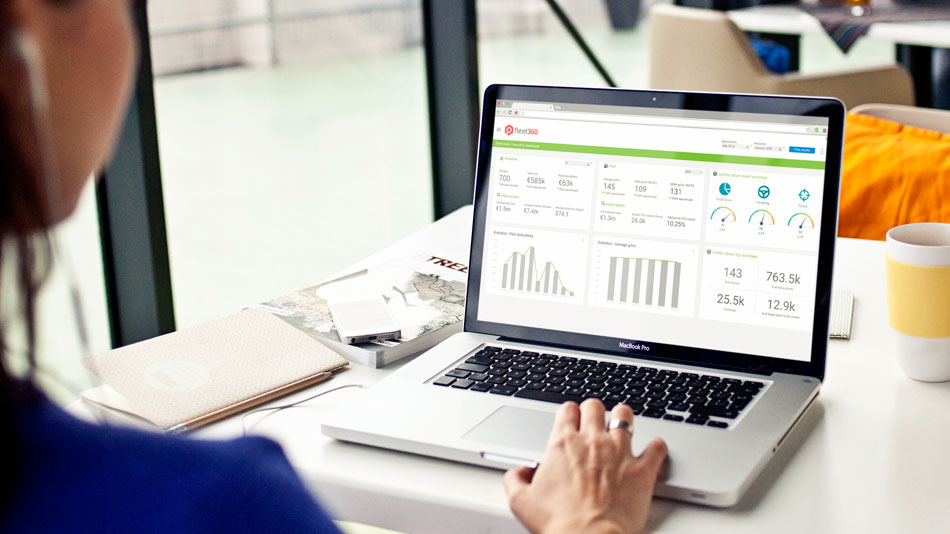
The worst thing to do is carry out all this analysis and stick it on the shelf for five years. This is a very, very fast-moving and dynamic sector. The mass uptake of EVs is going at such a pace, whether it’s the tax changes, the grants, the vehicles, the charging infrastructure, battery technology, or all of these things, the one thing you can be sure of is that the analysis you did a year ago will soon be overtaken by industry developments.
- It’s worthwhile keeping your finger on the pulse for all of these changes. Because it will affect how your fleet develops and embraces electric. Or, in the long run, hydrogen for that matter, if this gains traction.
Drivers who opted for cash are wanting to come back into company car scheme due to tax reasons. A company car is the most tax-efficient way to take an electric vehicle by far, because of the Benefit-in-Kind incentives for battery EVs.
- There is zero financial sense to give someone cash and tell them to go and get an electric car on a personal lease with that cash. The savings if you bring them back into a company car are astronomical in comparison.
Consider how your local government classifies electricity. In the UK for example, the HMRC doesn’t currently recognise electricity as a fuel.
- If the employer is paying for the electricity directly, there is no Benefit-in-Kind attributable to the employee. And that applies to installing home charge points. If an employer decides to pay for home charge points, maybe as an alternative to workplace charge points, that’s not going to generate a Benefit-in-Kind for the employee. So there are a few things to think about for business mileage recharge.
There is an interesting consideration for certain businesses about whether they will allow workplace charging to be opened out to the general public, either in the evenings or weekends when it’s not being used by your drivers or your customers.
- This could be seen as a good community gesture? And you might also recoup the cost of the installation and charge x amount per minute.
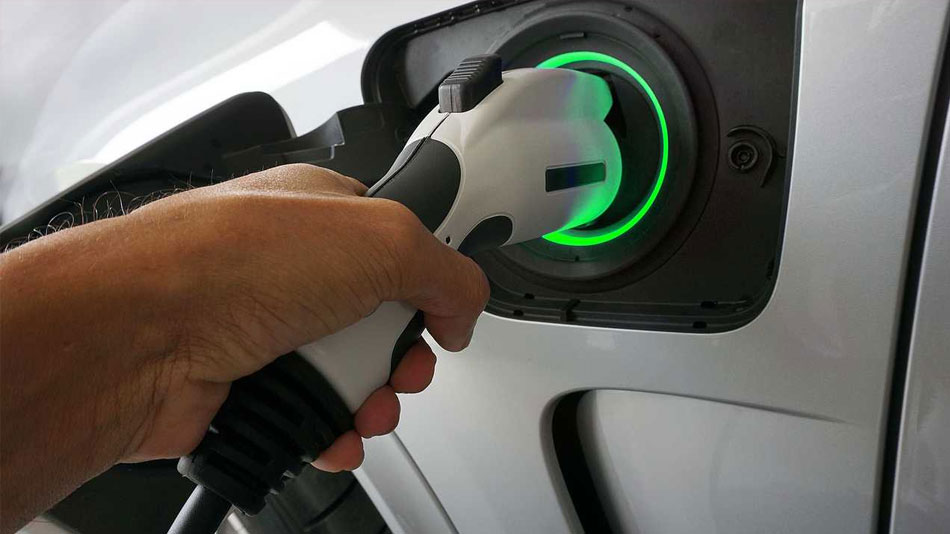
For those who can charge at home and do 80% of their charging at home, probably nearer to 90-100% at the moment, the home charging point is the critical piece in the jigsaw.
- For the majority of drivers who can have it installed at home. So it’s important to make it as easy as possible. This is the go-to source for many of your drivers.
Many drivers can make an EV work for them now without making changes or sacrifices. Changing to an EV is about changing your mindset. Like we have accepting the fact that we need to charge our phones daily now.
Fleet360 has many years and many projects of experience to help guide your company towards EV inclusive car policies. We can help you to map mobility profiles, calculate the TCO effect and tax effects of moving towards an EV inclusive policy, help you determine new budgets and a new set of rules in your car policy to cover new situations of EV use and charging challenges. We can assist informing your staff and create traction. We also assist our customers with tendering the market to assess the best lease partner in your new fleet strategy. Interested to hear more? Do you have any questions?
